Restore Our Earth
Earth Day - 22 April 2021
We are living against the backdrop of an environmental crisis. Today, the challenges of climate change and biodiversity loss consume our thoughts, our social and political discourse and have absorbed into life around us. It has been reported time again that we are living in a critical decade; we have 10 years - more or less - to change the path of civilization before humans inflict irrevocable environmental damage. Today, we shed a light on #EarthDay, a moment to appreciate an encompassing movement that transcends well beyond just 24 hours, accumulating in 51 years of operation - to educate and to activate a climate commitment for transformational change. This movement is arguably more essential today, than ever before.
When it comes to environmental action it is common that measures fall under three categories: mitigation, adaptation and restoration. Mitigation means reducing the severity of the problem while adaptation implies moderating for or understanding effects to be used in resilience building. Reducing consumption of fossil fuels is an example of the former and building flood defences is an example of the latter. As far as it goes, these two types of action are well documented and dominate much of the dialogue but, Earth Day in 2021 is devoted to the third – restoration; which has the means to undo years of damage to our ecosystems.
Restoration comes in many forms. From high tech to low-tech, from radical to incremental, from classic to innovative. On one end of the scale, restoration can take the form of geo-engineering, a large scale intervention in the Earth’s (broken) climate systems. One institute, for example, is exploring methods to avoid cataclysmic global sea level rise through the refreezing of the Arctic region. An investigated approach to achieve this is the artificial creation of white cloud to reflect sunlight and reduce heating. Creating this white cloud would be a feat of engineering; it would take over 70 ships and the process would need to be executed year-on-year for around 40 years. And while the process might sound extreme, these scientists argue that human activity has done some much harm to the planet, that not only is it imperative that we reduce our impact (through mitigation), but we find major ways to reverse the damage that is already done. There are of course unpredictable and unintended effects of meddling with nature in such ways, but if the stakes of geo-engineering are high, then these scientists argue that the stakes of inaction are even higher.
On the other end of the scale, and a bit closer to home for most of us, is restoration at the intersection of civic action. And today, on individual and community-levels, there are numerous operations in place to restore the health of the Earth’s ecosystems. Litter clean-ups is one which is particularly accessible, due to its low cost and low demand in resources or specific knowledge. Rewilding is another that aims to repair through the planting and conservation of plants and trees to a state that is reflective of nature untouched. In urban areas, which occupy less than 1% of total land but home more than half of the global population, landscapes have become not only unrecognisable from their original state, but no longer functional in a way that supports, as they need to, the health and well-being of humans, the earth and the waterways alike. In urban areas, both civic action and commitment from decision makers is needed to rectify the immense damage of concrete jungles – from waste and emissions, that pollute the air, water and soil – to rebuild in a way that facilitates function for human survival and prosperity.
So it is time to hold institutions, businesses, governments and ourselves accountable for our part in the climate and biodiversity emergency that we are currently living in. This year you are invited to be part of Earth Day, to participate in the largest civic movement in the world and ignite energy for a year of commitment to the planet. You can take part physically, as part of your own initiative or in projects set up in your community. Alternatively, you can educate, advocate, donate, participate in citizen science, sign a petition – whatever actions are within your means to help restore our Earth and fight climate disaster. As individuals we do have the power to make change and the good news is our decisions affect not just our personal impact but they mould the larger transformation too.
#EveryActionCounts
P.S.: Happy Earth Day!

